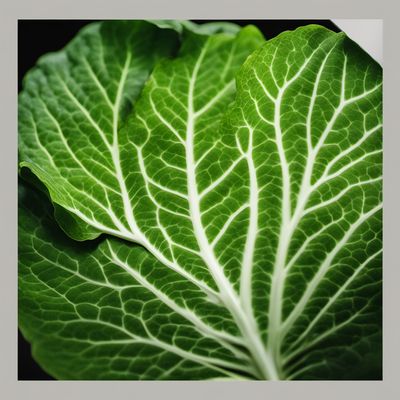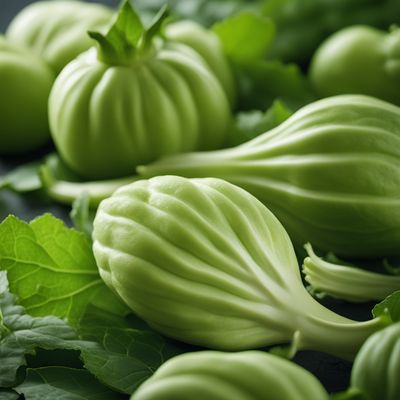
Ingredient
Box thorn
Nature's Tang
Box thorn is a small, bright red berry that grows on the box thorn plant, a deciduous shrub native to China. It has a slightly tart and sweet taste, with a chewy texture. The berries are oval-shaped and range in size from small to medium. They are often dried and used in various culinary preparations.
Origins and history
Box thorn has a long history in Chinese culture, where it has been used for its medicinal properties and as a culinary ingredient for over 2,000 years. It is believed to have nourishing and rejuvenating effects on the body, and is often consumed in the form of teas, soups, and desserts.
Nutritional information
Box thorn is a nutritional powerhouse, packed with antioxidants, vitamins, and minerals. It is particularly rich in vitamin C, vitamin A, and iron. These berries are also a good source of dietary fiber.
How to select
When selecting box thorn, look for berries that are plump, vibrant in color, and free from any signs of mold or spoilage. Dried box thorn berries should be soft and slightly chewy. If purchasing fresh berries, ensure they are firm and not overly wrinkled.
Storage recommendations
To maintain the freshness of box thorn berries, store them in a cool, dry place in an airtight container. Dried berries have a longer shelf life and can be stored for several months. Fresh berries should be consumed within a few days or refrigerated to extend their freshness.
How to produce
Box thorn can be grown in a variety of climates, but it thrives in well-drained soil and full sunlight. It can be cultivated in home gardens or in larger-scale agricultural settings. Pruning and regular watering are essential for optimal growth and berry production.
Preparation tips
Box thorn berries can be enjoyed as a nutritious snack on their own, added to smoothies, oatmeal, or yogurt for a burst of flavor and texture. They can also be used in baked goods, salads, and savory dishes to add a touch of sweetness and vibrant color.
Culinary uses
Box thorn berries are commonly used in traditional Chinese cuisine, where they are incorporated into soups, teas, and desserts. They are also popular in Western countries as a superfood ingredient in smoothies, health bars, and herbal teas.
Availability
China, Tibet, Mongolia
More ingredients from this category » Browse all

Scurvy-grass
The Citrusy Herb

Mallow leaves
Velvety Greens with a Mild Bite

Baobab leaves
The Nutritional Powerhouse: Baobab Leaves Unveiled

Jew's mallow leaves
The Nutritional Powerhouse: Jew's Mallow Leaves

Pokeweed
The Wild Wonder: Pokeweed

Nightshade, black
The Dark Delight: Unveiling the Secrets of Black Nightshade

Pumpkin leaves
The Nutritious Greens: Pumpkin Leaves

Taro leaves
The Verdant Delicacy: Taro Leaves

Plantain leaves
Versatile Wrapping Material

Senna leaves
The Natural Laxative: Unveiling the Power of Senna Leaves

Blumea leaves
The Aromatic Herb: Blumea Leaves

Chayote leaves
Versatile Green Delight: Chayote Leaves